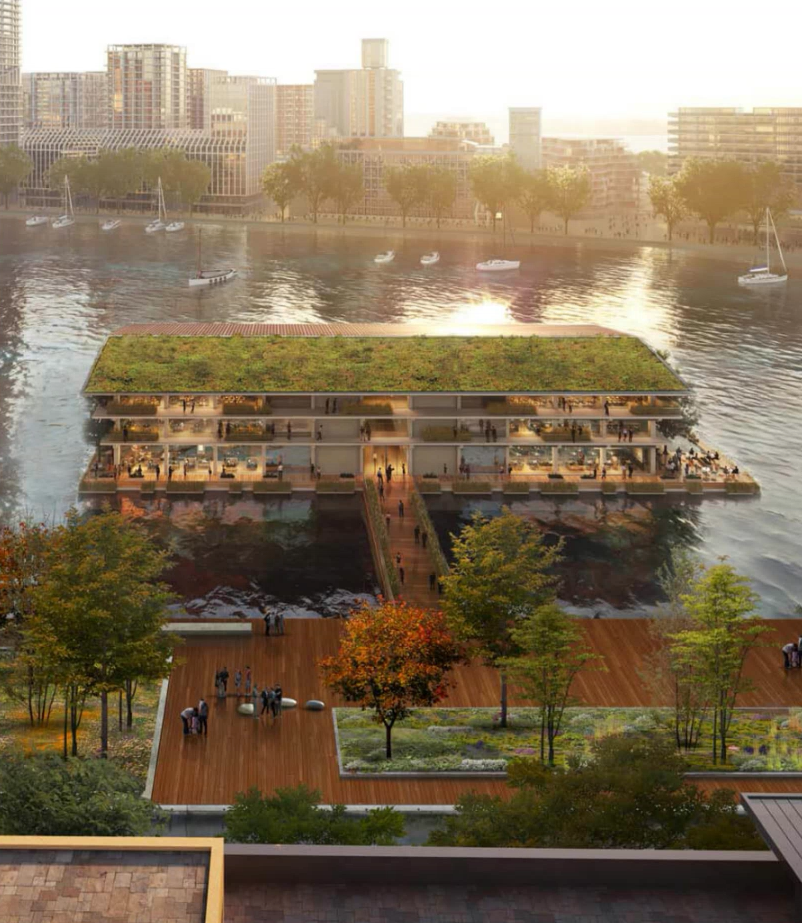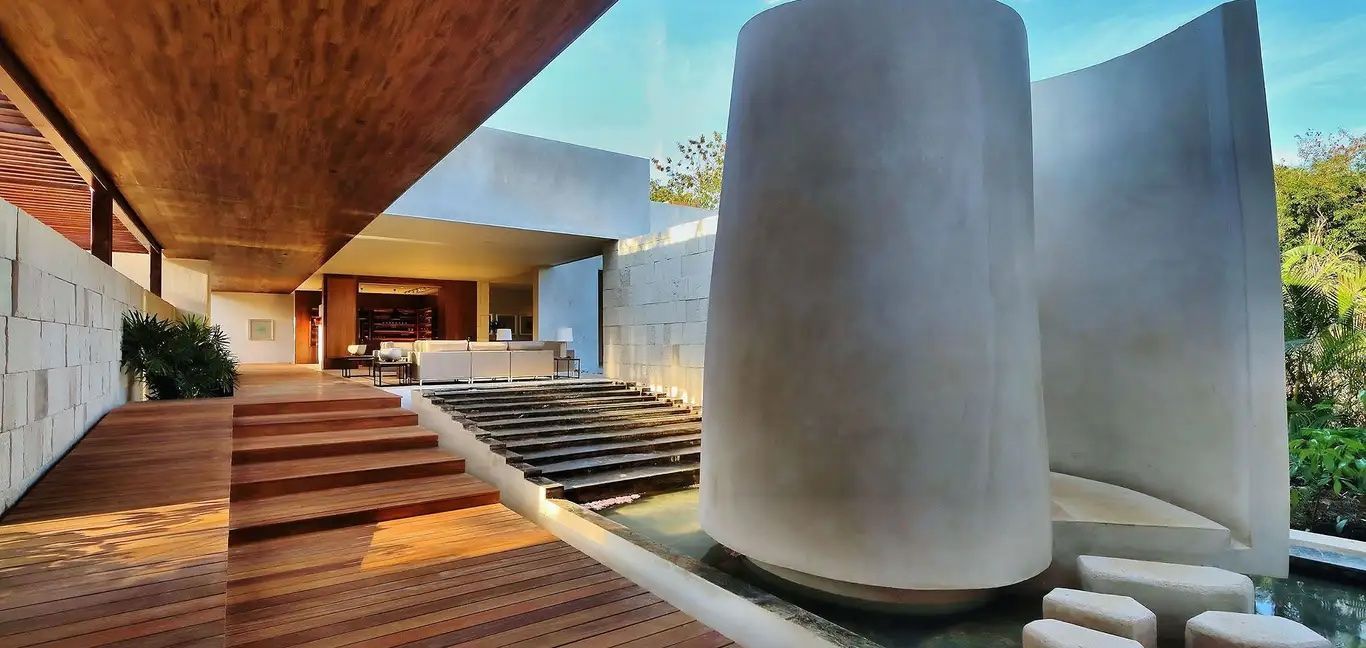What’s Hot In Architecture 2025 No 4: Resilient and Adaptable Design
Building for a Changing Future

As the impacts of climate change intensify, architects and developers worldwide are shifting their focus toward resilient and adaptable design. This approach prioritises buildings that not only withstand extreme weather events but also evolve with changing needs over time — ensuring safety, longevity, and sustainability.
Resilient design incorporates materials, systems, and strategies that help structures endure harsh environmental conditions such as floods, wildfires, and heatwaves. Adaptable design, meanwhile, ensures that buildings can change use or function with minimal intervention — a crucial consideration in an era of rapid social and economic shifts.
A leading example is the BNIM-designed Omega Center for Sustainable Living in Rhinebeck, New York. This building is not only net-zero energy and water but is designed to respond to local climate patterns and operate off-grid, making it both resilient and regenerative.
In the Netherlands, the Floating Office Rotterdam (FOR) by Powerhouse Company embodies climate-adaptive architecture. Built on water, it rises and falls with changing sea levels and features energy-positive systems and sustainable materials — a future-proof solution in a country facing ongoing flood risks.
By integrating flexible layouts, passive design strategies, and climate resilience, these projects exemplify how the built environment can respond proactively to an uncertain future. As the demand for responsible and robust architecture grows, resilient and adaptable design is becoming not just good practice — but essential.










